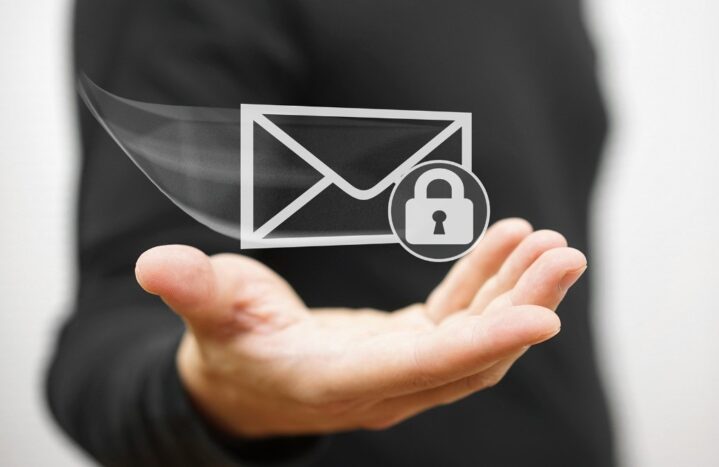The shift to remote work has exposed Windows systems to increased cyber threats. As more employees work from decentralized locations, securing email communications becomes crucial.
As the world continues to embrace remote work, the importance of securing digital communication channels grows exponentially. Windows systems, prevalent in many home office setups, are particularly vulnerable to cyber threats such as phishing and data breaches. This necessitates a comprehensive approach to email security that encompasses both proactive strategies and advanced software solutions. Trustifi’s phishing protection software can play a vital role in this regard, providing advanced threat detection and mitigation capabilities.
Email Security Challenges in Remote Work
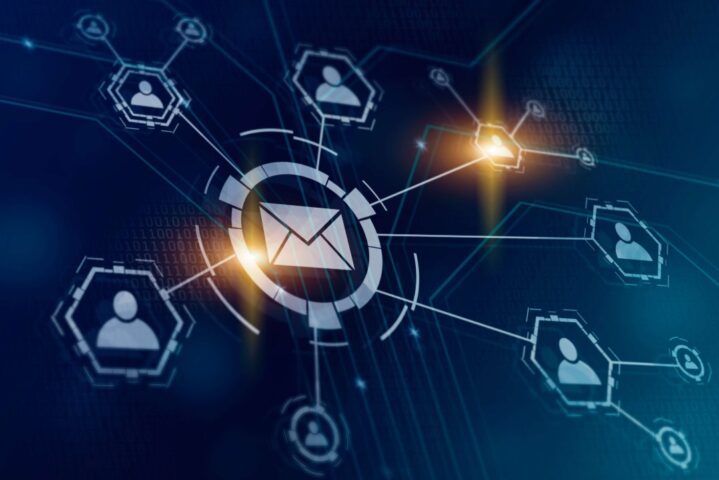
Remote work introduces a host of email security challenges that can be daunting for Windows users. Phishing attacks have become increasingly sophisticated, targeting unsuspecting individuals with cleverly disguised emails that appear legitimate. These emails often contain malicious links or attachments designed to steal sensitive information. Data breaches are another significant concern, as personal devices used for work may not have the same level of protection as corporate systems.
The decentralized nature of remote work means that employees often rely on their own networks, which may lack adequate security measures. This vulnerability is compounded by the increased use of personal devices for professional communications. Consequently, the risk of unauthorized access to corporate data through compromised email accounts is heightened. Ensuring that your email communications are secure is essential to maintaining the integrity and confidentiality of your business operations.
To address these challenges effectively, it is crucial to implement comprehensive email security measures tailored to remote work environments. This involves not only educating employees about the risks associated with phishing and data breaches but also equipping them with the tools necessary to safeguard their digital interactions.
Another critical challenge facing remote Windows users is the increased prevalence of business email compromise (BEC) attacks. These sophisticated scams often target employees with access to financial systems or sensitive data, using social engineering tactics to impersonate executives or trusted partners. The isolation of remote work can make it harder for employees to verify suspicious requests through traditional face-to-face channels, making organizations more vulnerable to these types of attacks. Implementing robust email authentication protocols and verification procedures becomes essential in mitigating these risks.
Practical Strategies for Email Protection
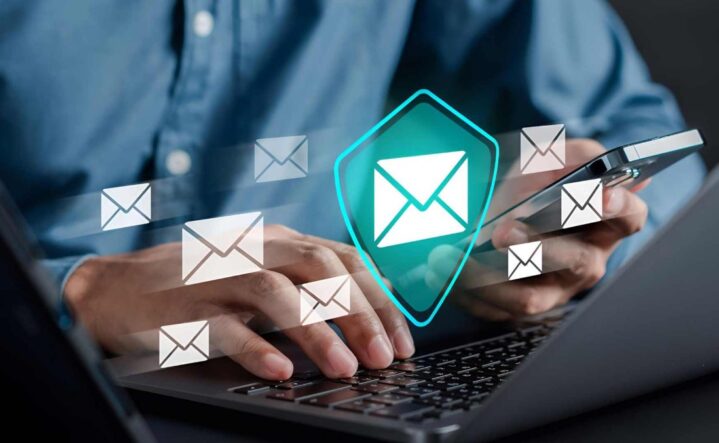
Securing Windows systems for remote work requires a multifaceted approach that combines technical configurations with best practices. One of the first steps is ensuring that all software is up-to-date, including operating systems and email clients. Regular updates help patch vulnerabilities that could be exploited by cybercriminals. Additionally, enabling multifactor authentication (MFA) adds an extra layer of security by requiring multiple forms of verification before granting access.
Virtual Private Networks (VPNs) are essential tools for protecting email communications in remote settings. By encrypting internet traffic, VPNs prevent unauthorized parties from intercepting sensitive information exchanged via email. It is important to choose a reputable VPN provider and ensure that employees understand how to use it effectively. Alongside VPNs, implementing strong password policies can further bolster email security.
Training employees on recognizing phishing attempts is another critical component of a robust email security strategy. Regular training sessions can help staff identify red flags such as suspicious sender addresses or unexpected attachments. Empowering employees with knowledge and tools not only reduces the likelihood of successful attacks but also fosters a culture of vigilance within the organization.
Email encryption plays a vital role in protecting sensitive communications during remote work. Organizations should implement end-to-end encryption solutions that secure messages from the moment they’re sent until they reach their intended recipient. This is particularly crucial when handling confidential business information, client data, or financial details. Additionally, establishing clear guidelines for handling different types of information and implementing data classification systems can help employees make informed decisions about when to use encryption and other security measures.
Integration of Trustifi’s Phishing Protection Software
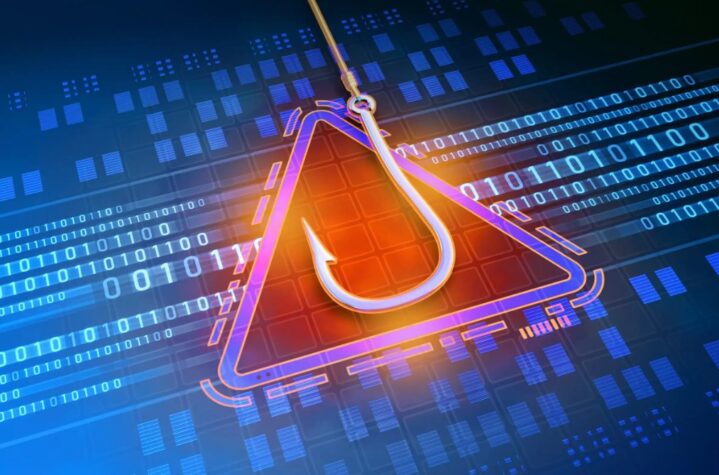
Trustifi’s phishing protection software offers an effective solution for enhancing email security in remote Windows environments. By integrating this software into your existing security infrastructure, you can significantly reduce the risk of cyberattacks targeting your email communications. Trustifi’s software employs advanced algorithms to detect and neutralize threats before they reach your inbox.
The software works seamlessly alongside other security measures, providing comprehensive coverage against a wide range of cyber threats. Its user-friendly interface ensures that even non-technical staff can easily navigate its features and functionalities. By leveraging artificial intelligence, Trustifi’s software continuously evolves to counter emerging threats, keeping your email communications safe from ever-changing attack vectors.
Incorporating Trustifi’s phishing protection into your cybersecurity strategy not only enhances protection but also instills confidence among employees in the safety of their digital interactions. This assurance is crucial in maintaining productivity and focus, allowing your team to concentrate on their core tasks without the constant worry of potential breaches.
The deployment process of Trustifi’s solution is streamlined and minimally disruptive to existing workflows, making it an ideal choice for organizations transitioning to remote work environments. The software’s centralized management console allows IT administrators to monitor threat activities, adjust security parameters, and generate comprehensive reports from any location. This flexibility is particularly valuable in distributed work environments where traditional on-premises management might not be feasible.
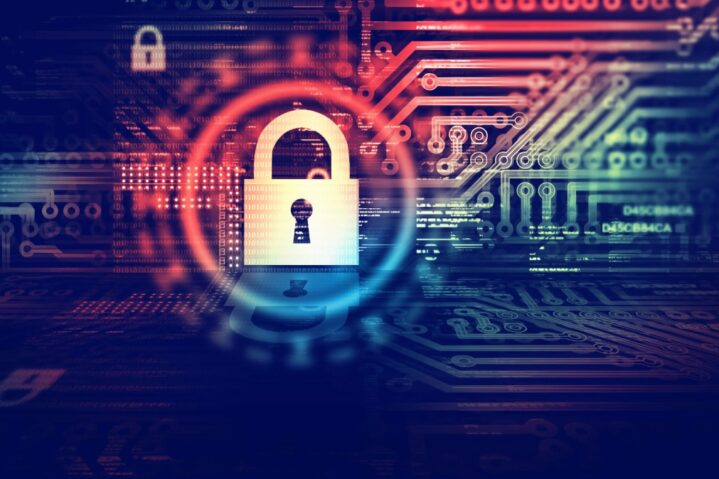
Case Studies or Examples
Real-world scenarios highlight the effectiveness of Trustifi’s phishing protection software in thwarting cyber threats within remote work environments. For instance, a mid-sized firm recently experienced a targeted phishing campaign aimed at compromising its financial data. Thanks to Trustifi’s advanced threat detection capabilities, suspicious emails were flagged and quarantined before reaching employees’ inboxes, preventing any potential data loss.
Another example involves an educational institution that faced an influx of phishing emails during its transition to online learning platforms. By implementing Trustifi’s solution, the institution was able to safeguard its communication channels from numerous attempted breaches, ensuring continuity in its educational offerings without interruption or data compromise.
These instances underscore the importance of integrating reliable phishing protection solutions like Trustifi’s into your cybersecurity arsenal. The ability to preemptively identify and neutralize threats can mean the difference between operational continuity and costly disruptions caused by cyber incidents.
